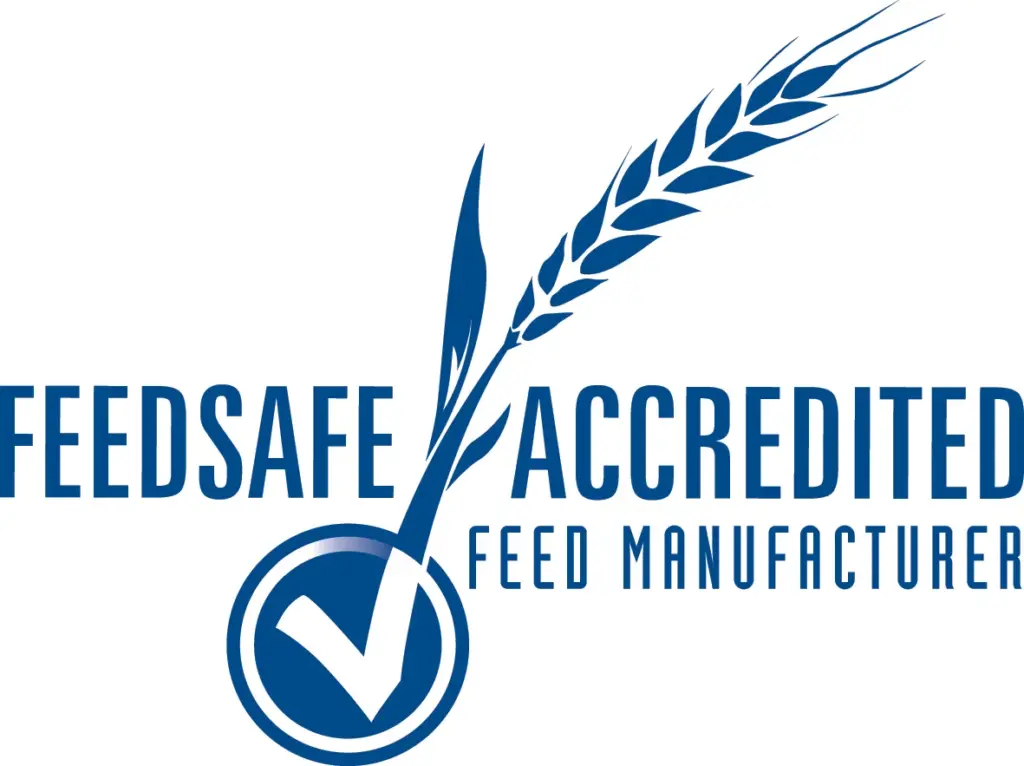The agriculture industry is a primary contributor to Australia’s economy. In 2021–22, Australia’s red meat and livestock sector turnover alone accounted for approximately 1.7% of Australia’s total key industry turnover and was worth $75.4 billion. The industry plays a vital role in supporting economic growth, as well as in addressing a number of global challenges, including food security, sustainability, and supporting rural livelihoods.
Despite its size and economic importance, agriculture faces an ongoing challenge: scarcity of labour. Workforce shortages faced by the industry are a topic of ongoing debate, and while labour shortages are not specific to our industry, agriculture does present a unique set of obstacles when it comes to attracting and retaining talent. The Australian outback is the heartland of agriculture production, and while the outback lifestyle is attractive to many, the remoteness can be challenging.
At DIT AgTech, we understand this challenge. Our core business runs under our Full-Service (Enterprise) model where customers pay only for the supplement delivered, and we take care of the rest – from installation, through to supplement mixing and top-ups. This model, employed by large pastoral customers across Northern Australia, requires a largely remote workforce to deliver and service our uDOSE™️ systems. We found when resourcing for these roles, many individuals, particularly those with families, found it difficult to commit to a permanent relocation, especially to more remote areas. This dilemma led us to explore alternative approaches to staffing that could bridge the gap between the bush and urban life.
The Fly– In Fly– Out (FIFO) workforce model
Traditionally associated with mining and resource industries, Fly-In, Fly-Out (FIFO) arrangements entail employees commuting to remote work sites for a set period, followed by designated period of time off. While this concept may seem novel in agricultural contexts, we recognized its potential to revolutionise labour dynamics in the bush.
One of the key insights we gained through our work in the industry, was that there was an abundance of individuals who harboured a deep affinity for rural life but had relocated to urban centres throughout their life due to family obligations, career prospects or other. These individuals often held prior experience in agricultural settings and were looking for a chance to reconnect with their roots while maintaining a healthy work-life balance.
The 14-on, 14-off roster opened the door to this talent pool, and it has been a game-changer for our business. This schedule allows employees to dedicate focused blocks of time to their work in the bush while ensuring ample intervals for personal pursuits. By accommodating the needs of both work and family life, we found that the FIFO model not only attracted a pool of skilled labourers, it also bolstered employee satisfaction and well-being.
Beyond Our Operations
Labour shortages in the agriculture industry do not just pose the threat of a worker crisis; without applying successful and innovative efforts to attract employees to the sector, we could be faced with a food security crisis.
The challenges of recruiting and retaining labourers in the Aussie outback are formidable, but not insurmountable. The successful application of the FIFO model within our business has shown us its potential to address broader labour issues faced by rural communities across Australia. By embracing flexible workforce arrangements, businesses in the bush can:
- Adapt to fluctuating demands and help mitigate the impact of labour shortages.
- Opens an untapped talent pool of bush enthusiasts by offering work-life balance to those who full time relocation is not suitable.
- Help revitalise local economies and strengthen the fabric of rural life.
Crucially, for businesses, the adoption of FIFO practices goes beyond addressing immediate staffing challenges; we have found that it fosters a culture of flexibility and resilience.
By sharing our experience with this model, we hope that we can help support and encourage ongoing innovation in this space and help support a more sustainable and resilient future for the bush.




